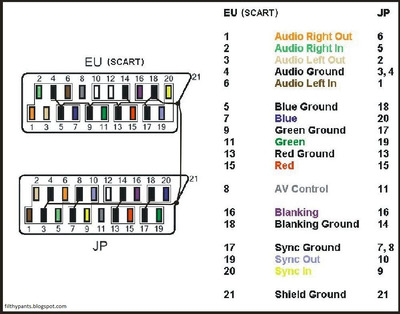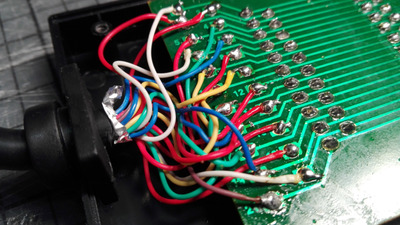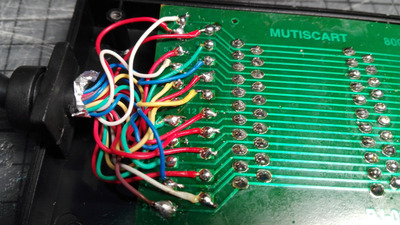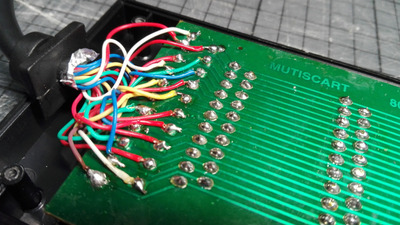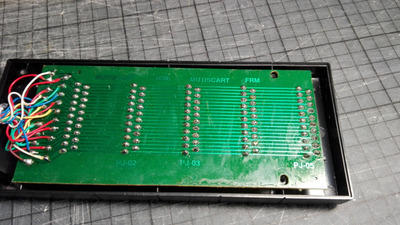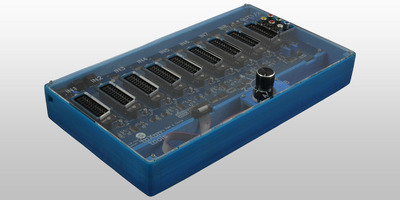First post, by andre_6
Hello everyone,
This is a strange one, at least for me. I was given a cheap looking and feeling SCART Switcher, and testing it I realised right away that it had problems with the sound signal strength, but had an excellent image.
Opening it up I quickly realised the poor quality of the solder job on the board, to which I proceeded in reflowing each and every solder point. Afterwards, I reconnected my PAL PSX to the switcher for a test and the sound was now perfect.
However, right after I also plugged my NTSC Japanese Saturn to the switcher as well, I gave another go at the PSX. This time the picture remained fine as always but noticed a drop in the sound quality, and is also much more prone to hissing, especially noticeable when a character says words with "s" or "ss" in it.
Finding it weird, I unplugged the NTSC Saturn from the switcher and turned on yet again the PAL PSX by itself in the switcher, and the sound was absolutely fine again.
So what gives? Is this something I can solve? Is this a problem related to this switcher or would the NTSC Saturn (I'm in Europe) cause this in any SCART switcher? If I can't plug it to the switcher it totally defeats the point.
Many thanks for all your help and replies as always
